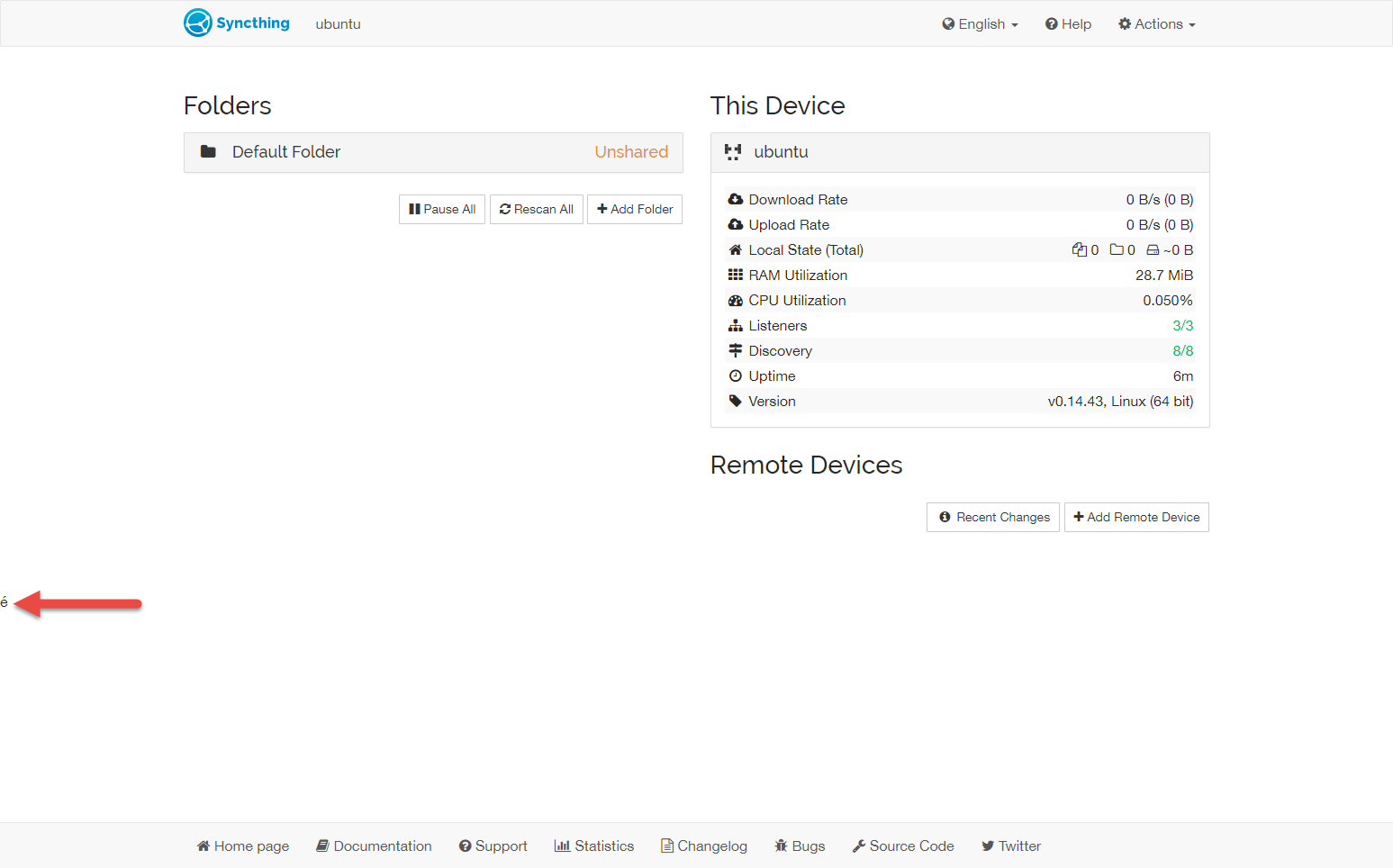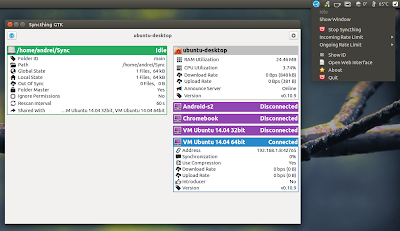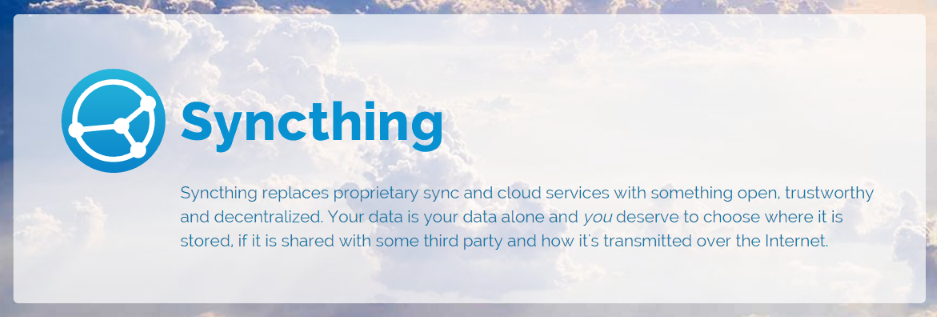

It makes Azure AD more resilient in the way it handles duplicated proxyAddresses and userPrincipalName attributes present in on-premises Active Directory environments. This feature reduces the number of synchronization errors seen by Azure AD Connect and other sync clients. This list isn't exhaustive:Īzure AD attribute duplicate attribute resiliency is also being rolled out as the default behavior of Azure AD. If any object with the immutableId attribute set with a value fails the hard match but satisfies the soft-match criteria, the operation results in an InvalidSoftMatch synchronization error.Īzure AD schema doesn't allow two or more objects to have the same value of the following attributes. In other words, for the soft match to work, the object to be soft-matched with shouldn't have any value for the immutableId attribute. This mismatch suggests that the matching object was synced with another object from on-premises Active Directory.
#Syncthing stop sync update
When Azure AD Connect (sync engine) instructs Azure AD to add or update objects, Azure AD matches the incoming object by using the sourceAnchor attribute and matching it to the immutableId attribute of objects in Azure AD.This section discusses data mismatch errors. Įrrors during export to Azure AD indicate that an operation like add, update, or delete attempted by Azure AD Connect (sync engine) on Azure AD failed.


You can identify this connector by the name format contoso. The following section describes different types of synchronization errors that can occur during the export operation to Azure AD by using the Azure AD connector. This article mainly focuses on errors during export to Azure AD.

Errors can occur in all three operations. This feature is automatically enabled for existing tenants.Īzure AD Connect performs three types of operations from the directories it keeps in sync: Import, Synchronization, and Export. Starting September 1, 2016, Azure AD duplicate attribute resiliency is enabled by default for all the new Azure AD tenants. With the latest version of Azure AD Connect (August 2016 or higher), a Synchronization Errors Report is available in the Azure portal as part of Azure AD Connect Health for sync. For more information including in-depth troubleshooting steps, see End-to-end troubleshooting of Azure AD Connect objects and attributes and the User Provisioning and Synchronization section under the Azure AD troubleshooting documentation. Unfortunately, covering every scenario in one document is not possible. This article attempts to address the most common synchronization errors.


 0 kommentar(er)
0 kommentar(er)
